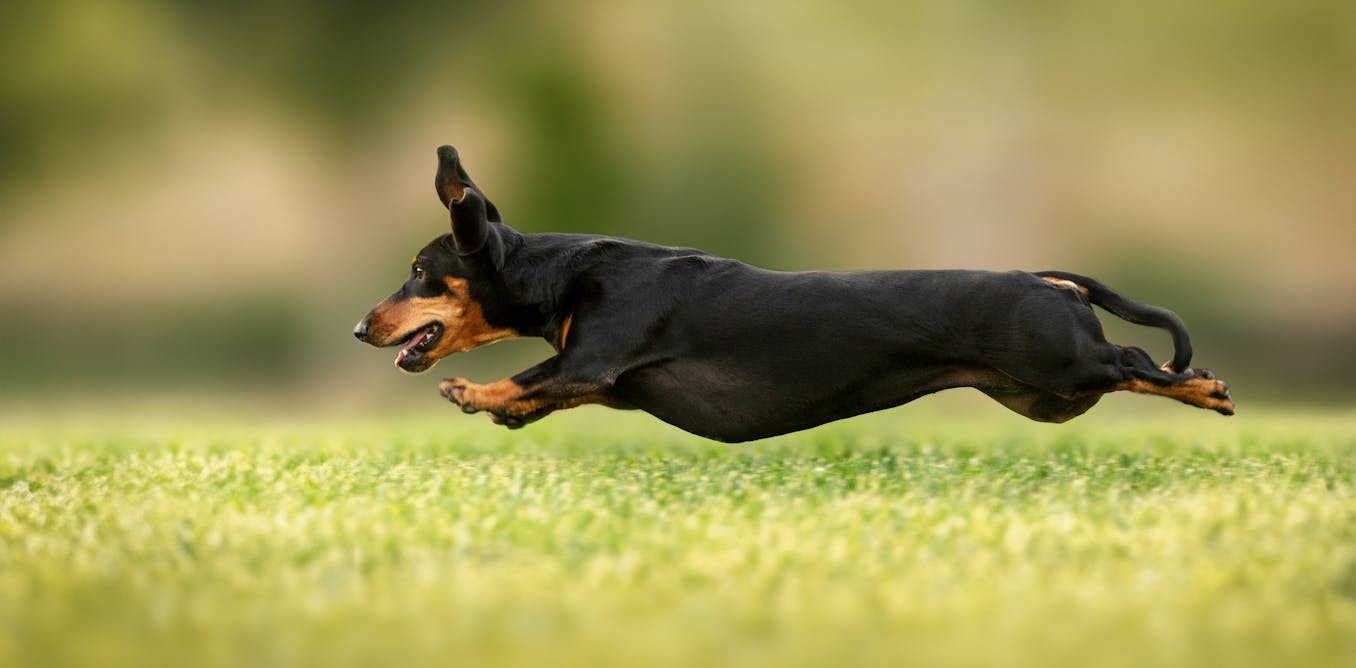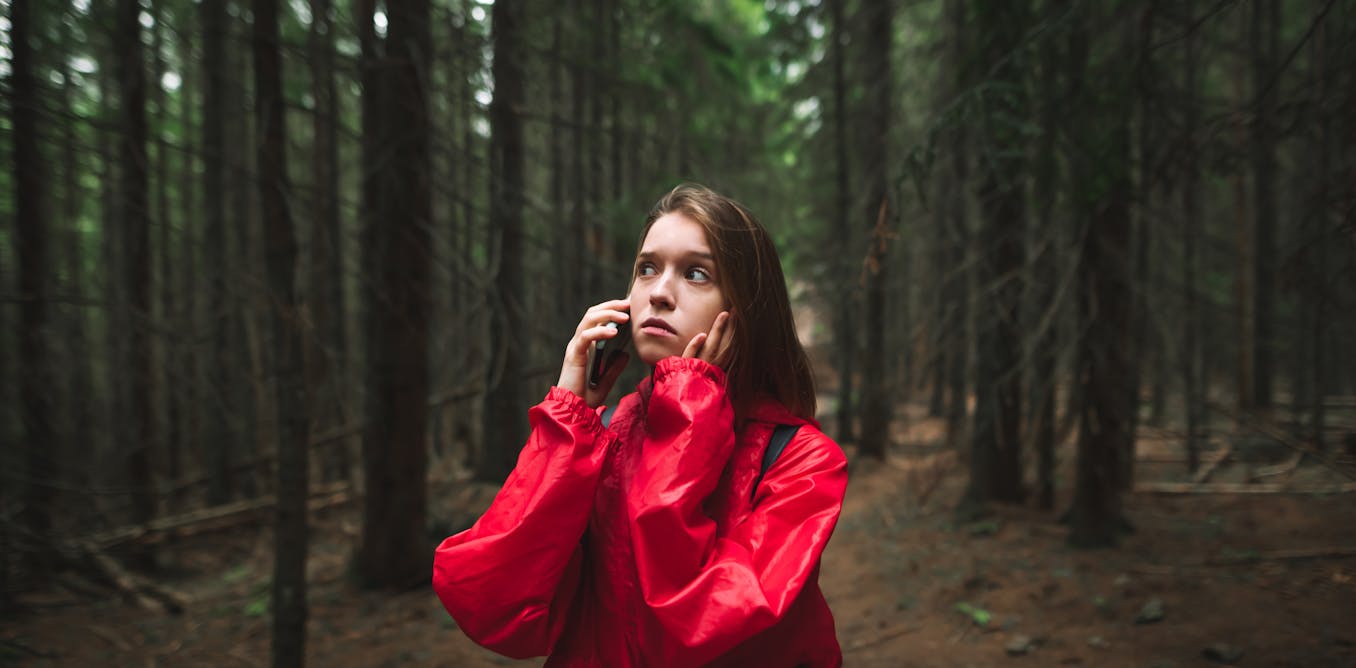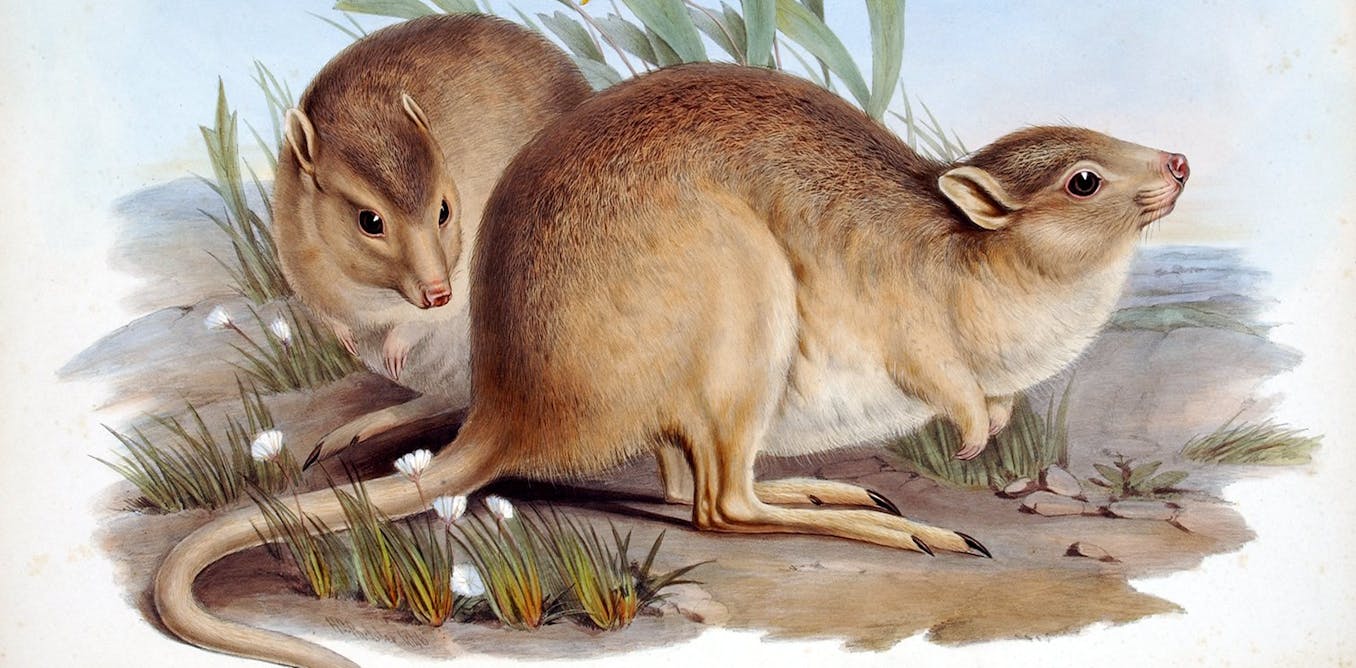It’s hard to imagine a beloved pet dog surviving in the world. But reports of a 4 kg miniature dachshund looking well 500 days after she escaped during a family holiday is raising questions about how dependent our dogs really are on their humans. Our loyal pooches may be less domesticated than we like to think.
In November 2023, Valerie, a black and tan dachshund, went on holiday with her family. They visited Kanagaroo island off the south Australian coast, an area famous for its wildlife, including koalas and sea lions. During the holiday, Valerie vanished from her family’s campsite.
Initially there were local sightings of Valerie, wearing her little pink collar, but she refused to be caught and gradually, reported sightings slowed. Her owners were shocked she had survived even one night alone because she was a pampered dog who “never left” their side.
Now, well over a year since she went missing, Valerie has been sighted again still apparently choosing to be wild and free. A local wildlife rescue organisation is trying to track and catch Valerie with cameras and traps to return the plucky pooch home.
Dependent dogs?
Dogs and humans have lived together for more than 15,000 years, longer than any other domesticated animal. During that time, dogs have changed considerably from their early ancestors both physically and behaviourally. This is a result of human preferences and selection for particular characteristics, such as flat faces as seen in pugs, or working ability.
The close relationship we typically have with dogs as friends and family members makes it easy to view them as dependent upon us.
The reality however, is probably a little less “Lassie come home” and more “the call of the wild”.
Not all dogs are pets
The global dog population is estimated to be around 500 million. The majority of these dogs live on the edges of human society as feral, pariah or street dogs and are often viewed as pests rather than cuddly companions. These dogs largely exist on human-derived food sources including waste and faecal matter, but otherwise generally live successfully, independent of human care and management.
Dogs evolved as highly efficient scavengers, eating a mixed diet. Many of those traits remain in our canine companions. Pet dog behaviour we often label problematic, including counter-surfing and poop eating, stems from their scavenging characteristics.
This means that even dogs living lives of luxury can survive in extreme situations. This might help to explain Valerie’s apparent independence on Kangaroo Island, where she is presumed to be living on roadkill, carrion and natural fresh water.
The abundant wildlife on the island, such as birds and small rodents, might partly account for Valerie’s success, especially as dachshunds were developed as hunting dogs, shaped for squeezing into animal burrows. Even highly domesticated dogs have been known to hunt independently and cooperatively with each other. One report from the 1990s, describes a pack of dogs hunting humans in Newfoundland, Canada, after they were abandoned on a remote island.
The dogs of Chernobyl also reveal their ability to adapt to changing circumstances. A population of dogs survives in the vicinity of the Chernobyl nuclear power plant that was destroyed in a catastrophic incident in 1986. These dogs probably originate from strays or once-loved family pets who were released immediately following the accident and have diverged to two separate breeding populations. Notably, the dogs of Chernobyl appear to be surviving and breeding successfully, without direct human intervention.
Homeward bound
Despite the evidence suggesting that Valerie and her canine cousins might have impressive survival skills, this can create challenges for other animals.
Dogs can be problematic in many ecosystems causing damage and spreading disease. This applies to our beloved pets as well as stray and free-living dogs. Cases of domestic dogs interbreeding with local wildlife,, including foxes and endangered species, are concerning for conservationists.
So efforts to return Valerie back home are important for the island wildlife too.
When dogs go missing, the vast majority return home quickly and safely. Occasionally stories of faithful dogs finding their family hit the headlines, but these stories are the exception to the norm and many lost pets sadly never return to their original home.
Part of responsible canine caregiving is ensuring that dogs wear identification, and are microchipped, so that if found, they can be quickly returned home. Combining this with essential skills such as recall can go a long way to keeping your dog safe.
Should the worst happen and your dog does go missing, seek professional advice from local dog wardens, walkers and vets. Many lost dogs will quickly enter survival mode, making even the most human-oriented dog wary of people, including their family members. This means experienced advice is essential.
Valerie the valiant dachshund gives us a fascinating insight to the survival capabilities and behavioural adaptability of our domestic dogs. Hopefully it won’t be too long before she is safely returned to her home comforts.

The post “When dogs return to nature – just how domesticated are our pooches really?” by Jacqueline Boyd, Senior Lecturer in Animal Science, Nottingham Trent University was published on 04/15/2025 by theconversation.com







































Leave a Reply